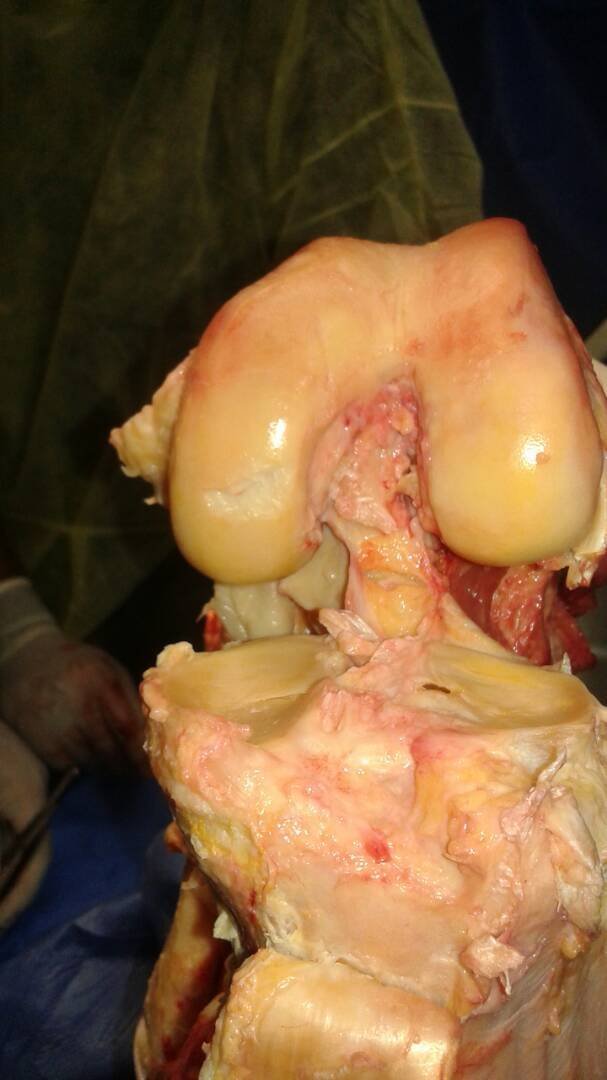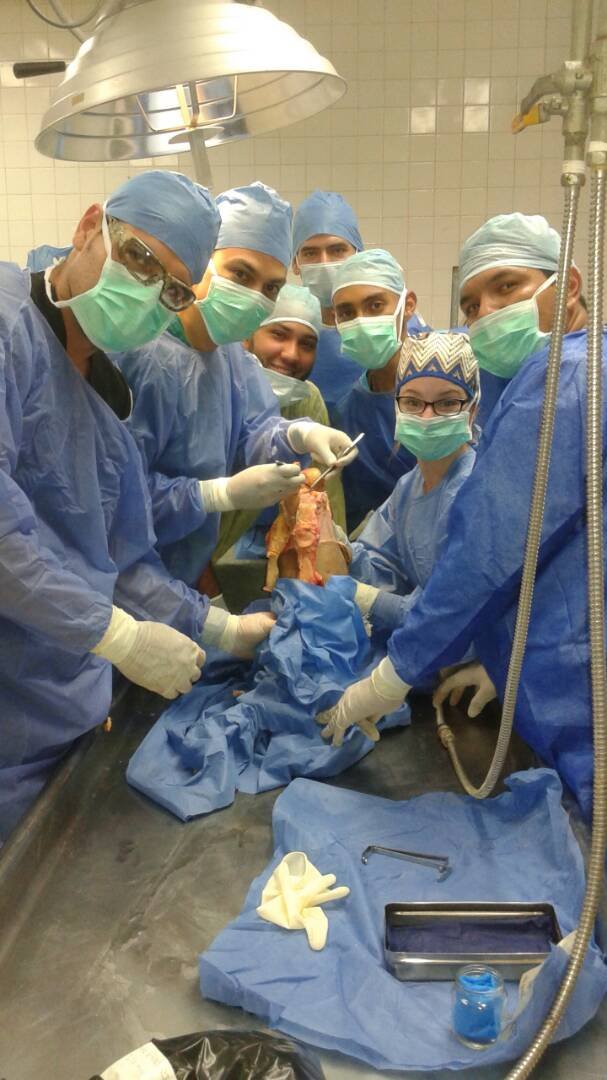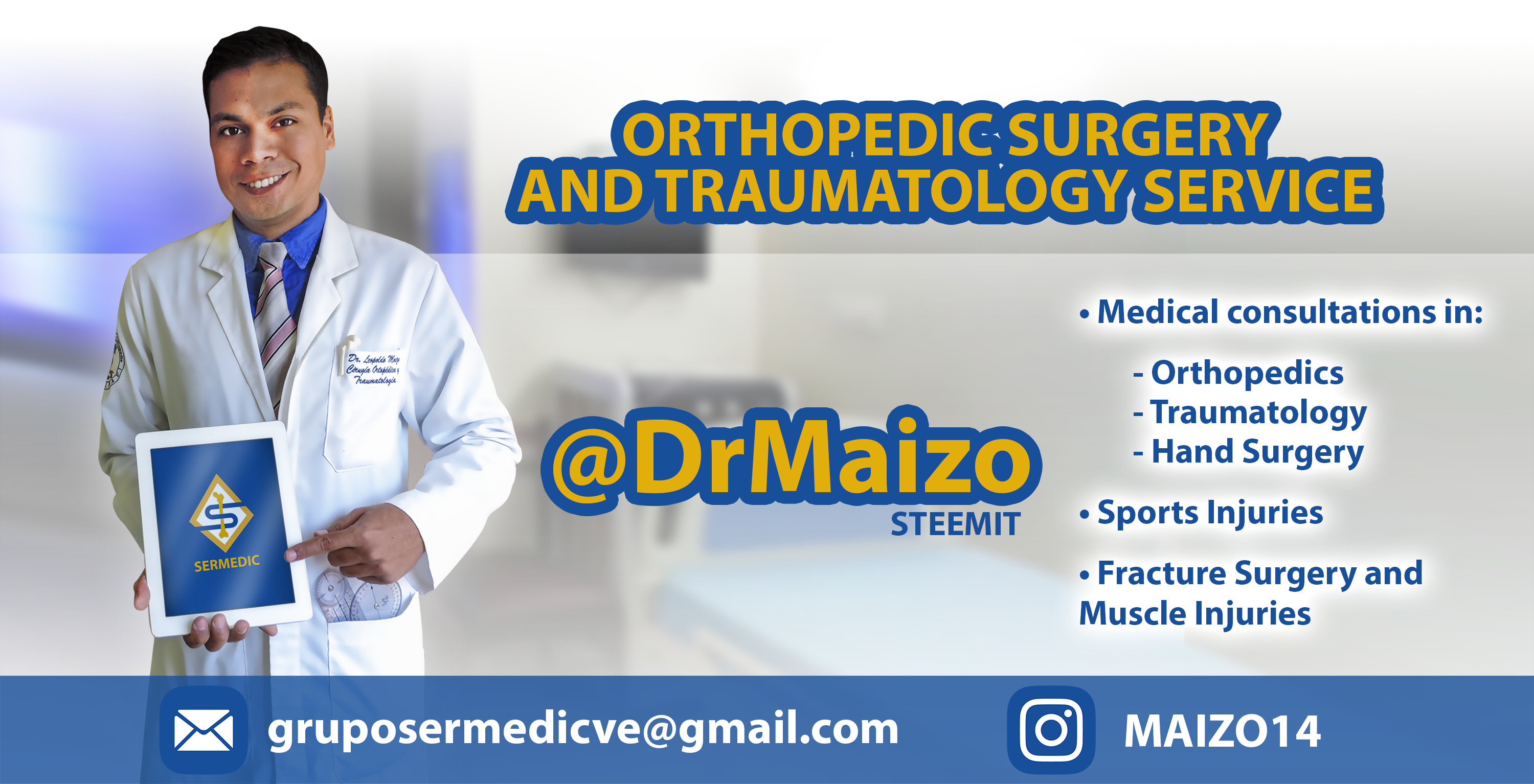Anatomical Dissection.

Human Anatomy
Human anatomy is the practical and morphological science mainly dedicated to the study of the macroscopic structures of the human body; thus leaving the study of tissues to histology and of cells to cytology and cellular biology. Human anatomy is a special field within the general (animal) anatomy.
Under a systematic vision, the human body, like the bodies of animals, is organized into different levels of hierarchization. Thus, it is composed of apparatuses, these are integrated by systems, which in turn are composed of organs, which are composed of tissues, which are formed by cells, which are formed by molecules, and so on. Other visions (functional, morphogenetic, clinical, etc.), under other criteria, understand the human body in a slightly different way.

Human body systems and appliances

System
A system is a group of associated organs that concur in a general function and are formed predominantly by the same types of tissues. For example: skeletal system, cardiovascular system, nervous system, etc.
Immune system:
defense against disease-causing agents.Tegumentary system:
skin, hair and nails.Nervous system:
collection, transfer and processing of information. Formed by the central nervous system (brain and spinal cord) and the peripheral nervous system (nerves of the whole body).Cardiovascular system:
made up of the heart, arteries, veins and capillaries.Lymphatic system:
made up of the capillaries, vessels and lymph nodes, spleen, thymus and bone marrow.Endocrine system:
communication within the body by means of hormones. It consists of endocrine glands that synthesize hormones and dump them into the internal environment (blood, lymph, interstitial fluid) such as pituitary, thyroid, thymus, adrenal, pancreas and gonads and secretory cells found in organs that are not properly glands but secrete hormones as occurs with the kidney and heart.Muscular system:
movement of the body.Bone system:
structural support and protection by bones.Joint system:
formed by the joints and associated ligaments that join the skeletal system and allow body movements.Apparatus
An appliance is a group of organs that perform a common function and their organs have no predominance of any tissue, for example the digestive tract, or include several systems, such as the locomotor system, integrated by the muscular, osseous, articular systems.
Digestive tract:
food processor, mouth, pharynx, esophagus, stomach, intestines and adjoining glands. Allows the conversion of food into assimilable molecules through enzymes.Excretory or urinary apparatus:
removal of toxic substances and wastes from the body through the urine. Organs: kidneys (containing anatomo-functional units called nephrons), ureters, bladder, urethra.Reproductive system:
the sexual organs (male and female)Respiratory system:
the organs and cavities used for the exchange of respiratory gases: nostrils, pharynx, larynx, trachea, bronchi, bronchioles and lungs. Inside the lungs we find the alveoli which are the anatomo-functional unit of the system.Locomotor apparatus:
set of skeletal, articular and muscular systems. These systems coordinated by the nervous system allow locomotion.Circulatory system:
set of blood vessels (veins, arteries and capillaries) and lymphatics.

Anatomical Disection
Some time ago we had a class in the best style of human anatomy, the identification and recognition of vital structures before proceeding in people in a surgical act is an essential part of the daily practice of the doctor and especially of the surgeon.
Post-Data: I could not mount all the photos as many were very strong for the general public heheh.
We clearly observe the structures in one knee, the distal portion of the femoral bone, the proximal part of the tibia, the meniscus, anterior and posterior cruciate ligaments, collateral ligaments, patellar tendon and patella, etc.

If you need recommendations or help in orthopedic surgery and traumatology do not hesitate to contact me.
Dr. Leopoldo Maizo - Orthopedic Surgeon

If you want to read more I invite you to visit my page:

Firma diseñada por @themonkeyzuelans, contáctalos vía Discord "themonkeyzuelans#9087"
Great projects from the Steemit community:
Posted from my blog with SteemPress : http://drmaizo.com/2018/09/30/anatomical-dissection/



.png)
In these lines I want to express the immense desire to keep going. I congratulate you for the quality of your article and the theme that you consider in it. Successes
Thank you so much, I'm so glad you liked it, anatomy is a very interesting world. A hug friend.
We humans are the best creation, even every small part of us, every tendon or bone is a marvel.
This comment was made from https://ulogs.org
I totally agree, you knew the words.
¡¡Felicidades!!
Has recibido el apoyo de @ftxft
"FTxFT es una comunidad en crecimiento que apoya, educa y motiva a los autores de contenido relacionado con la Fisioterapia y la Medicina."
Síguenos y lee todo el contenido que apoyamos y compartimos todas las semanas
Gracias @ftxft, me alegra saber que cada vez más personas del equipo de la salud se integren a Steemit. Un abrazo.
I remember during the ospe exam, the anatomy lecturer asked us to describe the muscles of the legs. They provided us a preserved thigh with lots of empty labels and asked us to name the muscles. It was so difficult!
is not easy my friend, are many hours of study and training, but once you know them you marvel more and more.
It’s a never ending process, studying